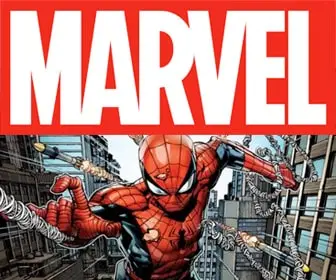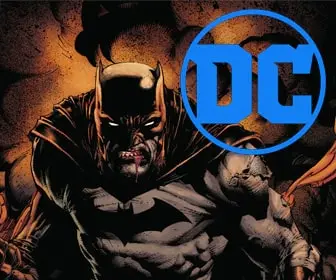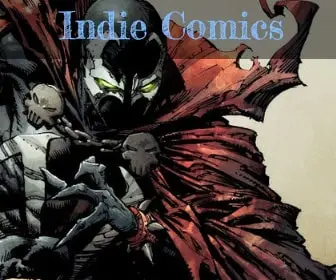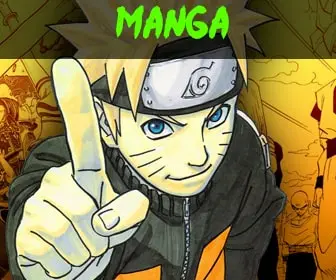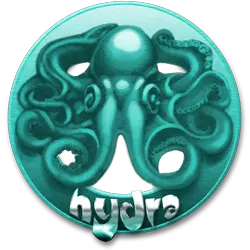
How Comic Book Sales Changed from 1980 to 1990

The 1980s brought big changes to the comic book industry. Sales went through highs and lows as new ideas, formats, and characters shaped the market. Fans saw the rise of darker storytelling, direct market sales, and valuable collector’s editions. By 1990, the comic book world looked very different from where it started in 1980.
The Early 1980s: Struggles and New Ideas
At the start of the 1980s, comic book sales faced challenges. Newsstands, the main place to buy comics, reduced shelf space for comic books. Many stores preferred magazines and newspapers instead. Because of this, fewer people could find their favorite superhero stories.
To fix this, publishers turned to direct market sales. Specialty comic book stores started selling issues directly to readers. Unlike newsstands, these stores did not return unsold copies, which helped publishers save money. The direct market gave independent publishers a chance to compete with Marvel and DC. Companies like Dark Horse, First Comics, and Eclipse introduced fresh ideas to the industry.
Superhero comics still led sales, but independent comics gained attention. Titles like Teenage Mutant Ninja Turtles (1984) and Cerebus (1977-2004) built loyal fanbases outside of Marvel and DC.
The Mid-1980s: The Rise of Darker Stories
By the mid-1980s, comic books became more mature and complex. Writers and artists explored darker themes, moving away from the simple, good-versus-evil stories of past decades.
Two major books changed the industry:
- The Dark Knight Returns (1986) by Frank Miller showed Batman as an older, grizzled hero fighting crime in a brutal, dystopian world.
- Watchmen (1986-1987) by Alan Moore and Dave Gibbons told a deep, psychological story about heroes in a realistic world.
These comics proved that older readers wanted serious stories, and publishers responded by creating more adult-themed books.
At the same time, Marvel and DC introduced huge crossover events that pushed sales even higher.
- Crisis on Infinite Earths (1985) rebooted DC’s entire universe, bringing new readers into comics.
- Secret Wars (1984-1985) became a best-seller by bringing together Marvel’s biggest heroes and villains in an epic battle.
The success of these events helped the comic book industry grow, as fans rushed to stores to collect every issue.
The Late 1980s: The Boom of Collectors and Speculators
By the late 1980s, comic book collecting became a huge trend. Publishers realized that fans loved special issues, so they started releasing:
- Variant covers (different artwork for the same issue)
- Foil and holographic covers (shiny, eye-catching designs)
- First appearances of new characters, which often became valuable over time
Comics were no longer just for reading. Many fans saw them as investments, hoping to sell them later for big profits. The Death of Robin (1988) in Batman #428 and The First Appearance of Venom (1988) in The Amazing Spider-Man #300 became highly sought-after issues.
New characters like Deadpool (1990) and Cable (1990) also helped push sales higher. These edgy, anti-hero types fit perfectly with the darker tone of comics in the late ‘80s.
At the same time, comic book movies and TV shows increased interest in superheroes. Batman (1989), starring Michael Keaton and directed by Tim Burton, became a blockbuster hit. Comic shops saw more customers, and DC Comics capitalized on Batman’s renewed popularity.
How Sales Changed from 1980 to 1990
The 1980s started with struggles, but comic books became more popular as the decade went on.
- In 1980, sales were lower, and many stores stopped selling comics.
- By 1985, comic book stores helped publishers survive, and dark, mature stories drew in older readers.
- By 1990, collectors and speculators fueled massive sales, and superhero movies helped grow the audience.
Comics were no longer just for kids. The industry grew stronger by adapting to new trends, and the success of 1990 set the stage for even bigger changes in the years ahead.
Denouement
From 1980 to 1990, comic book sales faced ups and downs, but the industry adapted and thrived. Direct market stores, darker storytelling, collector’s editions, and blockbuster movies transformed comic books into a more serious and valuable medium. The changes of this decade shaped the comic book world we know today. Fans still collect key issues from this era, proving that the 1980s left a lasting impact on comic history.






